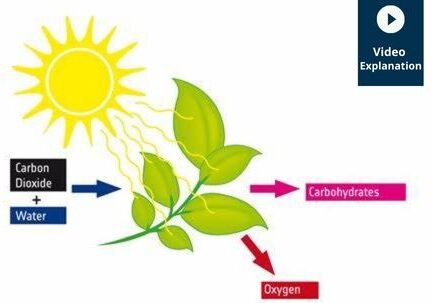No products in the cart.
Egg in Vinegar Experiment | What Happens If You Put A Raw Egg in Vinegar?
A well-known chemistry experiment is done by placing an egg (raw or boiled) into a container filled with Vinegar. After a few days, something exciting is observed: the egg becomes rubbery and bouncy.
The eggshell is formed by calcium carbonate (CaCO3), a salt in limestone, plaster, marble, chalk, corals, shells of marine animals, stalactites, and stalagmites found in caves, among other places.
On the other hand, Vinegar is composed of an aqueous solution of acetic acid (H3C-COOH), usually at 4% by volume.
Every carbonate reacts in the presence of acids, generating carbon dioxide (carbon dioxide – CO2 ). In the case of the egg-in-vinegar experiment, this can be seen by the effervescence (bubbles) that forms around the eggshell.
The following equation can represent the chemical reaction between calcium carbonate and acetic acid:
CaCO3 (s) + 2CH3COOH (aq) → Ca(CH3COO)2(aq) + H2CO3 (aq)
or
CaCO3(s) + 2CH3COOH (aq) → Ca(CH3 COO)2 (aq) + H2O (l) + CO2(g) ↑
Carbonic acid ( H2CO3), in fact, has never been isolated as such and is considered by many authors as an aqueous solution of carbon dioxide (H2O + CO2).
Note that the calcium carbonate that made up the eggshell breaks down, and the membrane around the egg on the inside does not react, becoming elastic.
For more such videos : https://www.youtube.com/c/ExperiHub?sub_confirmation=1
For more Science related blogs and videos : https://experihub.com/did-you-know/


